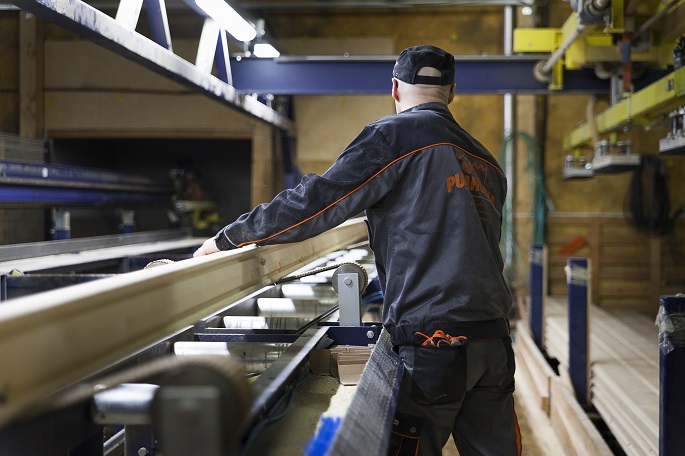Labour productivity grows by 2% in 2017
Published : 02 Dec 2018, 02:18
The growth rate of labour productivity in the whole national economy was 2.0 per cent in 2017, according to Statistics Finland.
After three years of decline and one year of zero growth, the change in the volume of value added reached again growth, being 3.0 per cent in 2017.
When the number of hours worked at the same time grew by only 0.7 per cent, more value added was achieved in one hour worked than before.
In 2017, it was -0.1 per cent. Total productivity is derived when the total contributions of labour input and capital input are deducted from the change in value added of labour. In 2017, the effect of total productivity reached 1.9 per cent.
The drop in labour productivity after the mid-1990s has been affected in particular by the steep decline in total productivity. The average annual growth in total productivity was around 1.4 per cent in 1976 to 1990. In the first half of the 1990s, total productivity grew clearly and was at its highest at over 3.9 per cent in the mid-1990s. After 2000, the growth trend of total productivity has made a clear downturn. The average growth rate of total productivity in 2000 to 2007 was still 1.5 per cent but the average annual change in total productivity has been -0.6 per cent in 2008 to 2017.
The contribution of labour composition to value added growth was strongest during the first half of the 1990s, on average, 0.7 percentage points per year in 1990 to 1994. After this, it has had little effect, 0.1 percentage points, on average, over the period 1995 to 2017. The effect of capital intensity has been clearly positive. During 1995 to 1999, the effect of capital intensity was still zero, on average, while in the 2000s the average contribution has been 0.7 percentage points.
The effect of the contribution of capital input to value added growth was, on average, 1.2 percentage points per year in 1976 to 1990. In the 1990s, the effect decreased to an average of around 0.6 percentage points per year. In 2000 to 2007, the average contribution of capital input was 1.1 per cent, and in 2008 to 2017, the average contribution was 0.5 per cent, which corresponds to the average annual change of the 1990s.
The contribution of hours worked on the change in value added fell heavily during the recession in the 1990s. In 1991 to 1994, the average annual change was -3.6 percentage points. In 1995 to 2007, the average annual change in hours worked was 0.9 percentage points. During 2008 to 2017, the average annual change in hours worked again turned negative to -0.2 percentage points.


